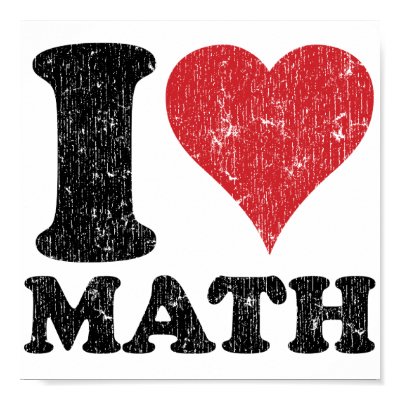We began our unit on decimals today. We learned that decimals represent part of a whole number and we found examples of decimals we use everyday, like in money and in measuring with rulers.
When we talk about money, we talk about dollars and cents. We discovered that "cent" means 100--we need 100 cents to make a dollar (just like we need 100 years to make a century). We realised that $1.23 is a decimal number, and we can talk about it in different ways:
1 dollar and 23 cents
1 whole dollar and 23 cents towards another whole dollar
1.23
1 and 23/100 (one and twenty-three hundredths: another way to write a fraction--imagine the 23 is above the 100)
We then looked at a ruler. If we were asked to measure 5.4 cm, we know that the 5 represents 5 whole centimetres, and the .4 represents 4 milimetres. We need 10 milimetres to make 1 whole centimetre. We can talk about this decimal number in different ways, too:
5 centimetres and 4 milimetres
5 whole centimetres and 4 milimetres towards another whole centimetre
5.4
5 and 4/10 (five and four tenths)
We also practised drawing decimal numbers using base ten blocks. We began by using a hundreds flat to equal 1 whole. Because we need 10 tens rods to make a whole, the rods represent tenths. We need 100 unit cubes to make a whole, so the unit cubes represent hundredths.
Here's how we can show 4.62:
4 and 62/100 (four and sixty-two hundredths)
Questions? Post them here!
-Ms. Lewis


No comments:
Post a Comment
Note: Only a member of this blog may post a comment.